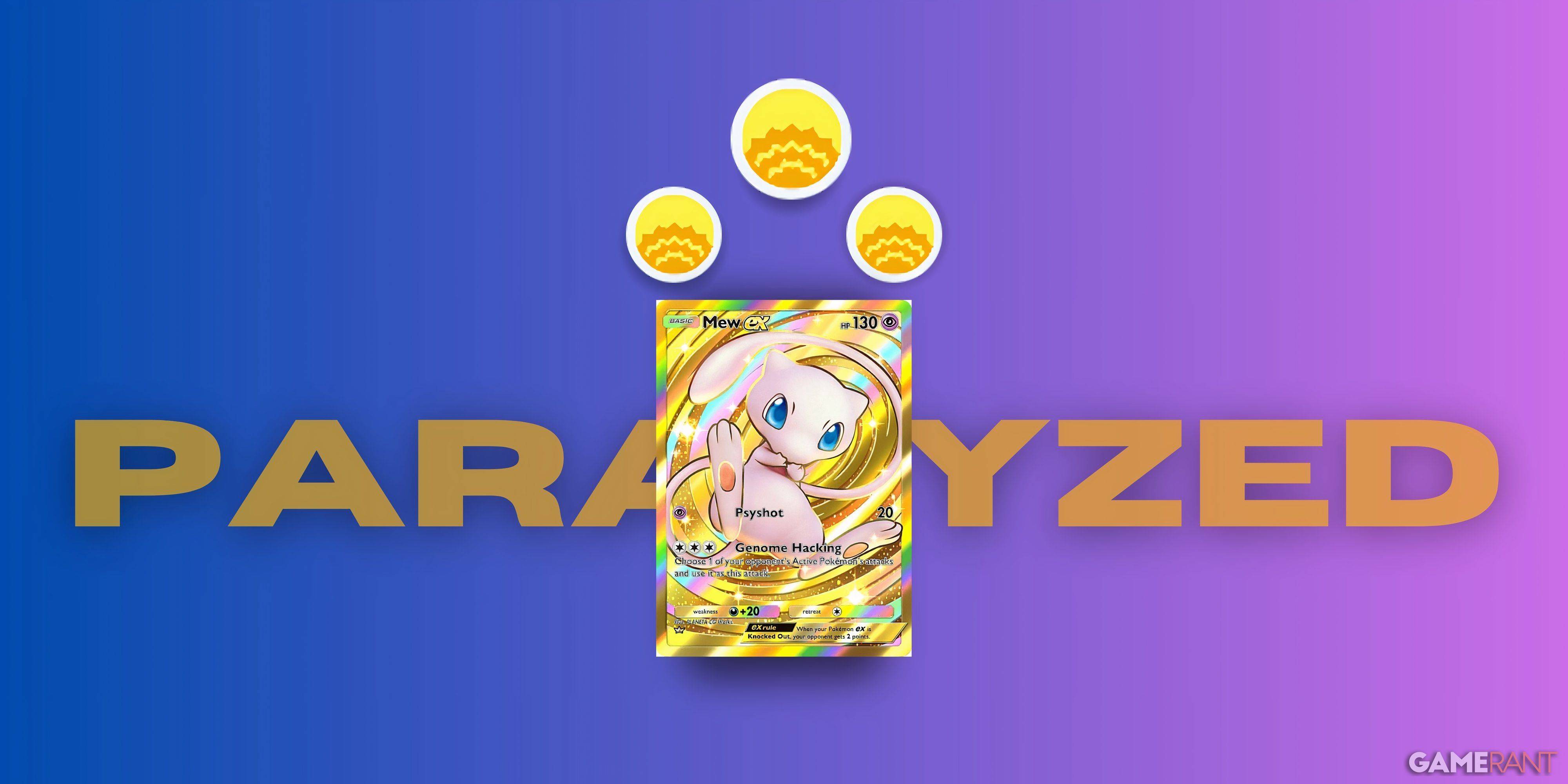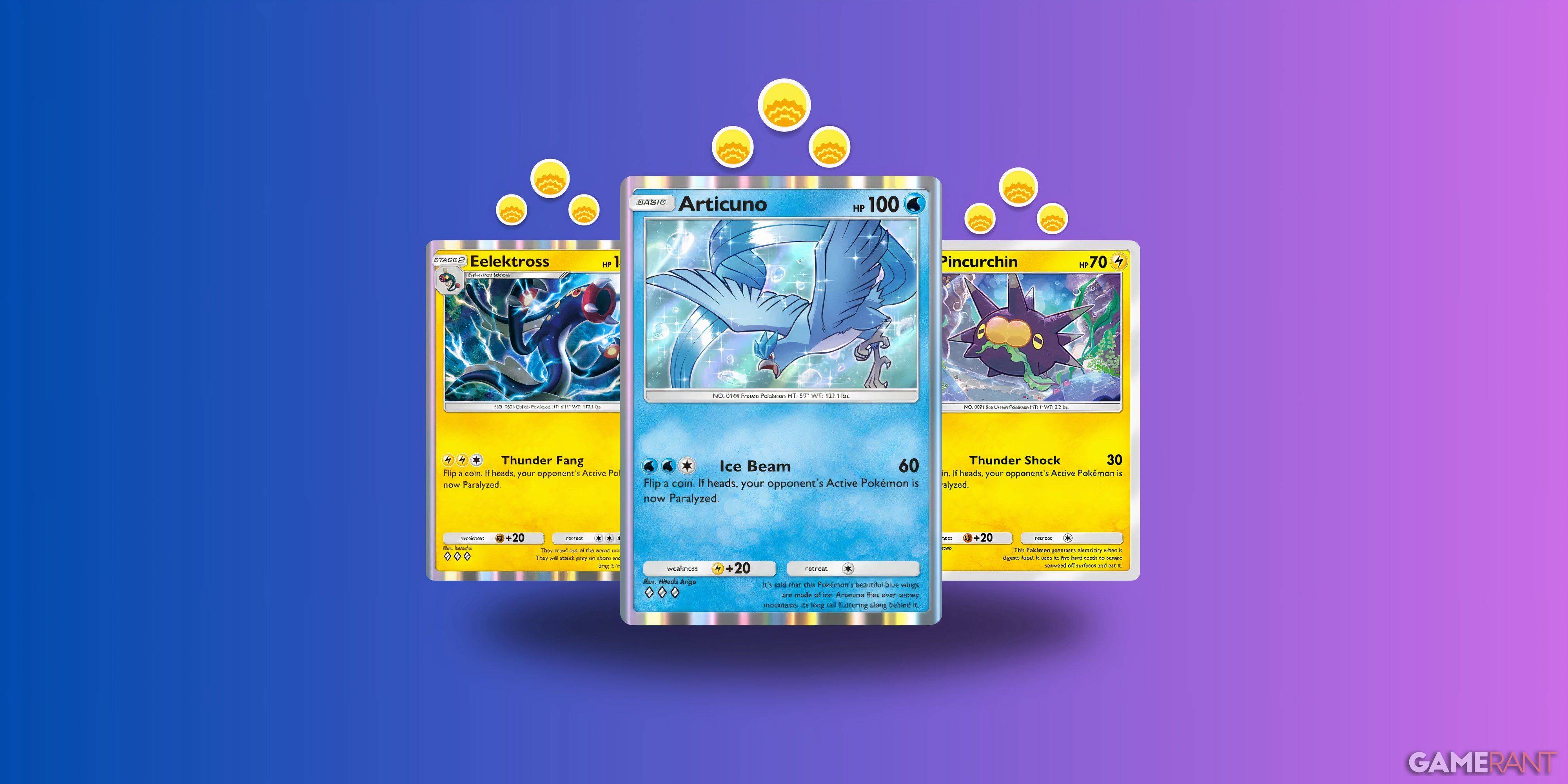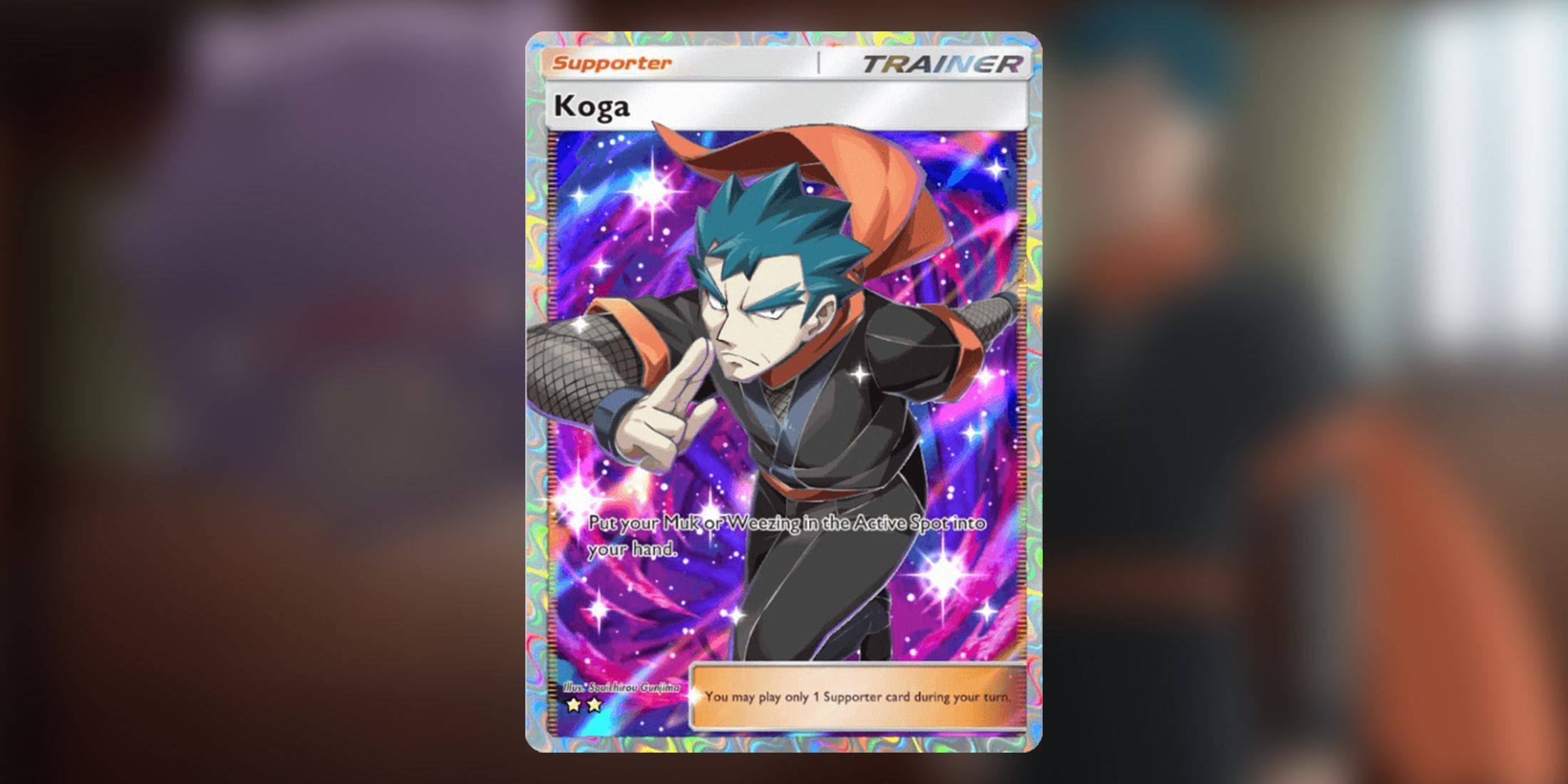This guide explores the Paralyze condition in Pokémon TCG Pocket, detailing its mechanics, cures, and deck-building strategies.
What is Paralyzed in Pokémon TCG Pocket?
The Paralyzed condition immobilizes the opponent's Active Pokémon for one turn, preventing attacks and retreats. It automatically resolves at the start of the opponent's next turn (after their Checkup phase).
Paralyzed vs. Asleep
Paralyzed and Asleep are similar in their effects (preventing attacks and retreats), but differ in their cures. Paralyzed resolves automatically, while Asleep requires a coin flip or specific counter-strategies.
Paralyzed in Pokémon Pocket vs. Physical TCG
While the physical TCG offers Trainer cards to counter Paralysis (e.g., Full Heal), Pokémon TCG Pocket currently lacks direct counters. The core mechanic, however, remains consistent: a Paralyzed Pokémon is incapacitated for one turn.
Which Cards Inflict Paralysis?
Currently, only Pincurchin, Elektross, and Articuno in the Genetic Apex expansion inflict Paralysis. Each uses a coin flip, making it a somewhat unreliable strategy.
How to Cure Paralysis?
Four methods exist:
- Time: The condition automatically ends at the start of your next turn.
- Evolution: Evolving the Paralyzed Pokémon instantly removes the condition.
- Retreat: Retreating the Pokémon removes the condition (bench Pokémon cannot have Special Conditions).
- Support Cards: Currently, only Koga's effect works against Paralysis, but only under specific conditions (Weezing or Muk).
Best Paralyze Deck?
Paralysis alone isn't a strong deck archetype. Combining it with Asleep is more effective. An Articuno & Frosmoth deck, leveraging both conditions, offers a viable strategy. This requires careful deck construction, incorporating cards like Articuno, Frosmoth, Wigglytuff ex, and supporting cards to maximize the chances of inflicting and maintaining these Special Conditions. A sample decklist is provided in the original article.



















